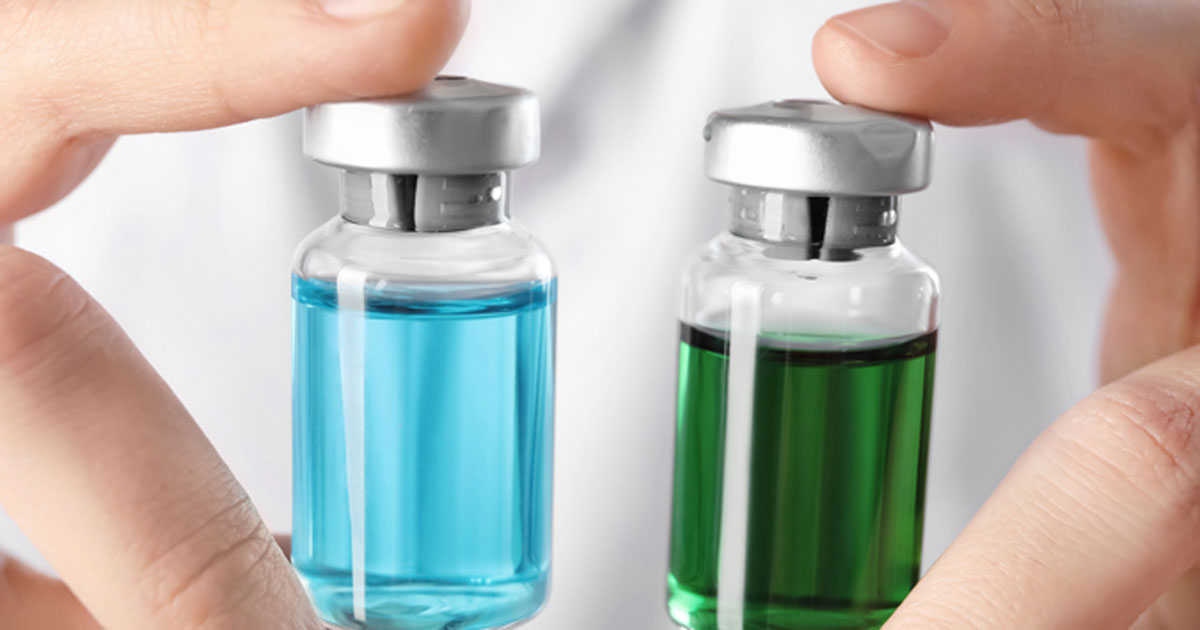Golimumab Efficacy in RA Similar for Patients Older, Younger Than 65 Years

IV golimumab, combined with methotrexate, is as efficacious among patients with rheumatoid arthritis who are aged 65 years and older as it is among those younger than 65 years, with a slightly higher incidence of serious infections among the older population, according to findings in Arthritis Research & Therapy.
“There exists a rather small amount of data from clinical trials that analyzes the benefit and risk ratio of therapies for rheumatoid arthritis in the older age population,” John Tesser, MD, of Arizona Arthritis and Rheumatology Associates, told Healio Rheumatology. “This study is very important in that it helps to provide further evidence of how the older population of patients with rheumatoid arthritis respond to biologic therapies, in this case IV golimumab.”
To analyze the safety and efficacy of IV golimumab (Simponi, Janssen) plus methotrexate among patients with RA aged 65 years and older, as well as those younger than 65 years, Tesser and colleagues conducted the phase 3, double-blind GO-FURTHER trial. A total of 592 participants from 92 facilities in 13 countries were randomly assigned to receive either 2 mg/kg doses of IV golimumab plus methotrexate or placebo with methotrexate, at weeks 0 and 4, and then every 8 weeks thereafter. Crossover to golimumab was either at week 16, as an early escape, or week 24. The final golimumab infusion was given at week 100.
A total of 395 participants were assigned to the golimumab group, with 197 in the placebo group. Among the participants, 515 were aged younger than 65 years, with the remaining 77 aged 65 years or older. The researchers assessed patients using the American College of Rheumatology (ACR) 20/50/70 response criteria, with efficacy and adverse events monitored through 2 years.

According to the researchers, ACR20 response rates at week 24 were greater for participants in the golimumab group, with 61.6%, compared with 31.3% among those who received placebo, for patients aged younger than65years (P < .001). Among participants aged 65 years or older, ACR20 response rates at week 24 were 69.5% in the golimumab group and 33.3% in the placebo group (P < .01).
Serious adverse events occurred in 17.7% of participants aged younger than 65years, and in 25% of patients aged 65 years or older. Adverse events included malignancies, pneumonia, fractures, acute pancreatitis, cellulitis and bacterial arthritis. The most common adverse events through week 112 were infections, affecting 51.6% of patients aged younger than65years, and 55.3% of patients aged 65 years or older. Upper respiratory infections were the most common infection, with 13.2% among those aged younger than 65 and 11.8% among those aged 65 years or older.
“This analysis clearly demonstrates that the efficacy of this agent in the groups of patients older than 65, 70, and even 75 years — although the numbers were small — was comparable to the efficacy in the younger age population,” Tesser said. “The study results help to support the utility of treating with advanced therapies those older patients with active RA who may benefit.”
However, he added that rheumatologists should read their analysis with a “cautionary note.”
“Although, again, the numbers are small in the population over 75 years, the frequency of serious adverse events, and infections and serious infections, including opportunistic infections, was higher in each segmented older age group compared with the younger age groups,” Tesser said. “The rate of serious infections was higher in those patients on corticosteroids — another important point which adds to the body of evidence that steroids are major contributors to infection risk.”
“We did take into account that immunosenescence alone may contribute to the increased risk of serious infection in the older age groups,” he added. “Nonetheless, the results further urge caution when using immunosuppressive therapies in susceptible populations, such as the elderly.” – by Jason Laday
Disclosure: Tesser reports consulting and speaker fees, as well as research support, from AbbVie, Amgen, Janssen, Lilly and Pfizer. Please see the full study for additional authors’ disclosures.
